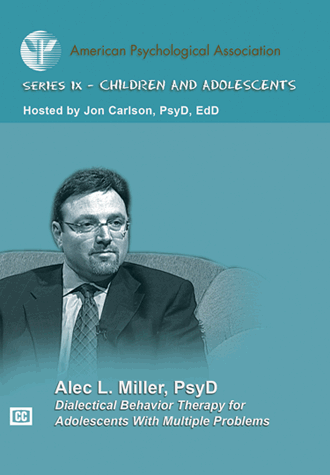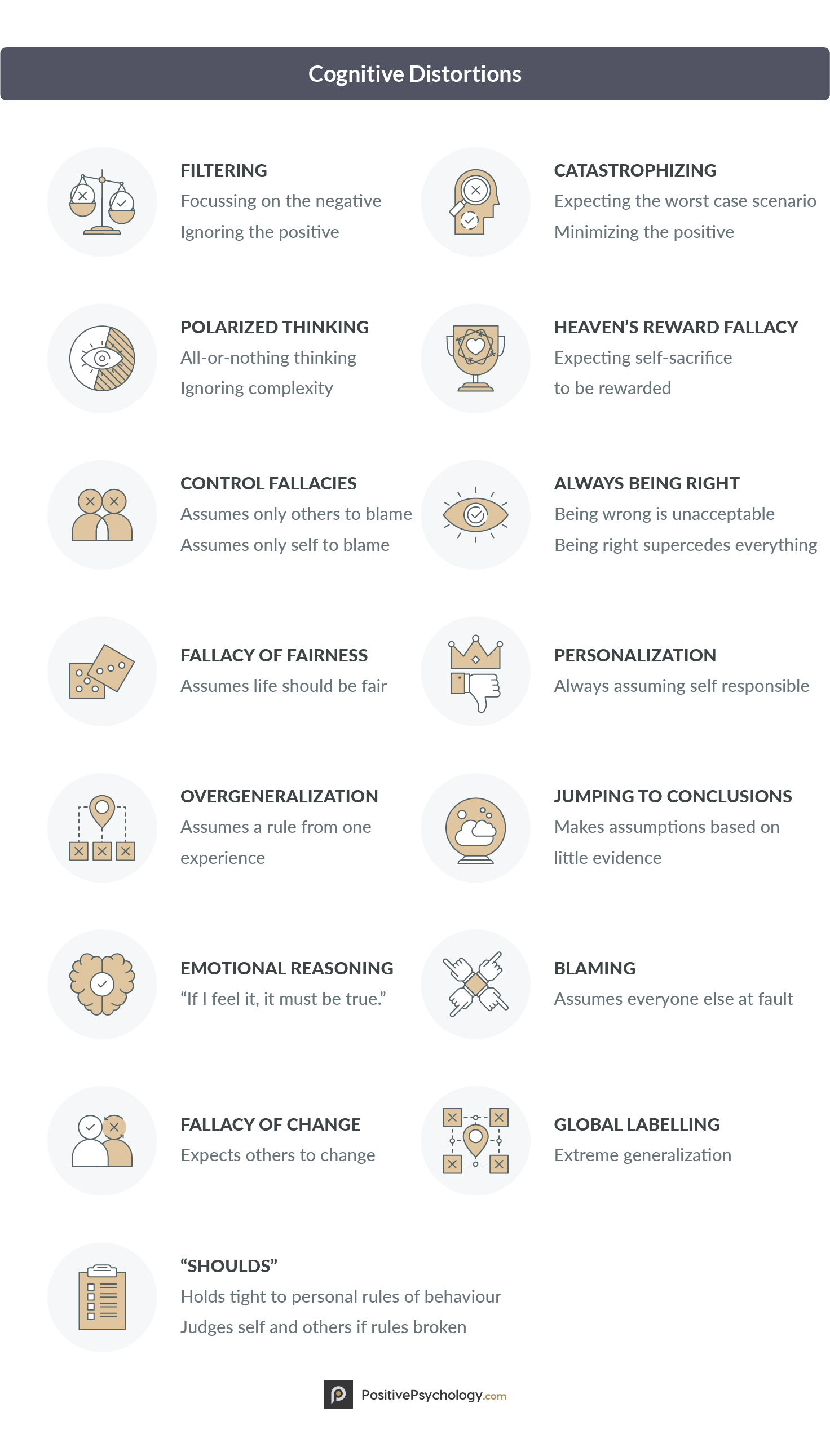- If your dog is a puppy, then house training might not be complete yet. House training can take a while, and you might need to review the steps as you go. If your dog is definitely house trained and the inappropriate peeing started well after house training was complete, then there are other potential reasons for the behavior.
- Middle School discipline and behavior management is as much about prevention as about enforcement. Diffusing conflicts and defiance are essential to a positive classroom environment. Equally important is developing student-centered instruction.
- This lesson is a new acronym, that pulls the module together. This is a review, more than a full lesson.
- Dialectical Behavioral Therapy For Children
- What Is Dialectical Behavioral Therapy
- 17 The Middle Pathdialectical Behavioral Training Techniques
- Dialectical Behavioral Therapy Pdf
Behavioral Health Documentation Training for Specialty Mental Health Services Training Handout 1: SCC BHSD Clinical Practice Guidelines Manual (Rev. 9-2020) Handout 2: Behavioral Health Documentation Training for Specialty Mental Health Services Training PowerPoint (Rev.
By Zainab Fazal, M.ADS, BCBA
bSci21 Contributing Writer
On June 22, 2015, I received a phone call from a staff at a local residential home serving adults with developmental disabilities. With a lot of excitement, she asked if I watched NBC Dateline the night before. Before I could answer, in even more excitement, she said, “that guy did that strategy you were talking about in class!”
Let me give you a little insight into what she was talking about. She was referring to the segment on NBC Dateline called “My kid would never do that: gun safety”, and the guy was Dr. Raymond Miltenberger.You can check out the segment here.
If you teach anyone, anything, behavior analysis has a secret to share with you. It’s the strategy the staff was talking about – Behavior Skills Training (BST). It is a method to teach students, staff, parents, and anyone else you are teaching a new skill. Dr. Miltenberger defines BST as “a procedure consisting of instruction, modeling, behavioral rehearsal, and feedback that is used to teach new behaviors or skills” (2004, p. 558). And that’s exactly what it is, a 4-step teaching strategy that works!
BST teaches a person what to do — that is, what behaviors to engage in under a particular circumstance.It allows for practice within the program so that the person can become fluent with the skills.It is an effective train-the-trainer procedure. And perhaps most importantly, can be individualized to each person. Sounds pretty good, doesn’t it?
Let’s break down each of the steps:
Instruction – Provide a description of the skill, its importance or rationale, and when and when not to use the skill. Repeat this step as necessary.
Modeling – Show your participant how to perform the skill. In-vivo modeling is recommended.
Rehearsal – Practice, practice, and practice! Allow the participant opportunities to practice the skill. Recent research suggests that participants should be able to practice in-situ. The trainer should record data on correct and incorrect responding during this step.

Feedback – The trainer should provide positive praise for correct responding and some form of corrective feedback for incorrect responses.
Some requirements before you can implement a BST program include: the person receiving the training must have the pre-requisite skills required for the behaviors you are teaching, the skill must include a chain of behaviors (a number of skills), and you must be able to role-play or video model the skills.
In a Registered Behavior Technician training course I was providing, I used BST to teach various skills to participants. Any skill I was teaching that met the afore-mentioned requirements I taught using BST. Based on the feedback forms from eight cohorts, participants reported that they enjoyed and learned the most when they got to practice the skills being taught, and got immediate feedback.
Here’s an example of how it was used in the training. The skill was implementing preference assessments with clients.
Instructions were provided on why preference assessments are done, when and with whom to do them, how to use the data sheet, the materials required, and how to complete the assessment.
I modeled completing a preference assessment, using one of the course participants as my “client.”
Participants paired up and practiced administering the preference assessment with their colleagues.Participants were able to practice the skill as each preference assessment included 30 trials!
I went to each group and provided feedback on what each person was doing correctly and incorrectly.

What have been your experiences with Behavior Skills Training? Let us know in the comments below. Also, be sure to subscribe to bSci21 via email to receive the latest articles directly to your inbox!
Recommended Readings:
Johnson, B.M., Miltenberger, R.G., Egemo-Helm, K., Jostad, C. J., Flessner, C., & Gatheridge, B. (2005). Evaluation of behavioural skills training for teaching abduction-prevention skills to young children. Journal of Applied Behavior Analysis, 38, 67-78.
Miles, N.I., & Wilder, D.A. (2009). The effects of behavioral skills trainingon caregiver implementation of guided compliance. Journal of Applied Behavior Analysis, 42(2), 405-410.
Miltenberger, R. (2004). Behaviour Modification: principals and procedure (3rd ed.) Belmont, CA. Wadsworth Publishing.
Miltenberger, R.G., Flessner, C., Batheridge, B., Johnson, B., Satterlund, M., & Egemo, K. (2004). Evaluation of behavioural skills training procedures to prevent gun play in children. Journal of Applied Behavior Analysis, 37, 513-516.
Steward, K.K., Carr, J.E., & LeBlanc, L.A. (2007). Evaluation of family-implemented behavioural skills training for teaching social skills to a child with asperger’s disorder. Clinical Case Studies, 6, 252-262.
Zainab Fazal, M.ADS, BCBA, began her career in the developmental disabilities field in 2002, and has dedicated her clinical work and research in the area of Applied Behaviour Analysis (ABA). She has worked for many years in assessing and developing comprehensive programs plans for children, youth, and adults with Autism Spectrum Disorders (ASD), learning disabilities, other developmental disabilities, behavioural challenges and mental health issues. Her recent work includes training front-line staff and teachers to use ABA in therapeutic and school settings, and has successfully trained individuals for the Registered Behaviour Technician credential with the Behaviour Analyst Certification Board. She is also an adjunct professor at Seneca College teaching ABA courses in the Behavioural Sciences program. Zainab is the founder and director of Phoenix Behaviour Services, a private practice in Toronto, Canada. You can follow her on twitter @Phoenix_ABA and reach her at zainab@pbxs.ca.
Skill improvement through behavioral training modules
- Today learning and training has become a strategic component of the strategic HR mission of business leaders as well as HR executives in an organisation. Leveraging integrated talent applications to drive optimal employee performance is also trending these days.
- Off late out of many behavioral training modules e-learning has universally become the most efficient and cost-effective means to train the workforce.
- However, the excellent way to accurately train the employees for meeting organisational objectives remains in focussing the training in three significant domains of skill improvement through behavioral training modules.
- With the help of a training module which is proficient in producing optimal training for each type of specific skill and checking for comprehension by examining the outcomes from other human resource processes will push the performance within the company while employees improve their specific, functional, soft, and compliance based skills along with the building up of positive attitude.
In the following paragraphs, we will further examine the three critical behavioral training module areas along with how to impart behavioral training to push organisational and employee performance.


Developing Functional Skill through training module
- Developing functional skill refers to the improvement of an employee’s “hard skills” such as equipment operation, data analysis, or medical field certifications etc.
- An organisation cannot perform its function/services efficiently and adequately if its employees do not maintain the relevant tactical skills.
- Training for hard skills usually happens when an employee is either onboarding for a new position or directly preceding a task that needs new skills.
- Providing continuous development opportunities for hard skills will enhance overall bench strength and enable organisations to adapt to emerging business challenges immediately.
- Since functional skills are quantifiable, companies can test their employees’ competencies in these areas during hiring, recruiting and at regular intervals after that.
- As part of the performance evaluation process, companies can compare an employee’s knowledge of certain tasks on the job and their knowledge based on testing as recorded in an organisation’s learning solution.

Improving Soft skill through micro learning module
- Improving soft skill here means developing an individual’s competencies and behaviours.
- These include the skill of strategic thinking, team building, communication, negotiation, conflict resolution, personal effectiveness and creative problem-solving skills that significantly govern the interpersonal actions of an employee inside or outside the company.
- E-learning offers various types of modalities and training sessions making it the best training method for developing soft skills. Employees can view common scenarios and engage in periodic checkpoints that asses their personal choices using short and self-paced learning modules. HR solutions that integrate talent and analytics can also be used to help your organisation bond sales and customer content ratings from the field to particular soft skill development actions.
- Such metrics will help your company decide which employees possess high competency in specific areas and who must strengthen their skill sets with further training.
Compliance Development Training
- Compliance development training comprises topics extending from industry and regulatory mandates to workplace safety.
- While compliance skills may either be rooted in soft or functional capabilities, its requirements tend to be either industry or company specific.
- Many enterprises find themselves facing unusually stringent and detailed compliance regulations that need adequate training and administration to deter violations of acceptable standards.
- Executing a learning management system that maintains compliance completion tracking as well as requirements around logging, auditing and validation can assure that the company took proper procedures to deter costly mistakes and violations of the law.
Dialectical Behavioral Therapy For Children
What could be the perfect scenario for improving skills?
The perfect way to nurture talent and skills involve behavioral training, imparting and building a positive attitude, prioritizing and defining development plans based on the requirements of both the individual and the organisation. The ideal scenario takes into consideration the following:
What Is Dialectical Behavioral Therapy
- Principal organisational goals are streamed across the organisation
- To ensure focused direction individual performance goals must be linked to organisational objectives
- The basis for job profiles should be competency
- 360 degrees feedback from peers and managers highlight competency gaps and extra focus on individual development
- E-learning includes personalised learning paths to provide the most needed development on demand
- Skill gaps identified from job profiles and talent profiles highlight other potential deficiencies
Thus the development and training of employees for hard and skills and compliance-based needs must be taught, assigned, nurtured, and measured across the employee talent management lifecycle to bring out rich business results.Using the medium of behavioral training modules as well as micro learning modules will also help an organisation and its employees to a greater extent.
17 The Middle Pathdialectical Behavioral Training Techniques
Successful organisations, therefore, develop all three skill areas to maximise employee and organisational performance. They leverage combined talent management solutions to link skills development to strategic functions such as goal alignment, performance, competencies, compensation, development and succession planning.
By joining the above critical components across the full employee talent process, an organisation can better motivate, manage, reward and improve the skills of every individual employee across your organisation.
Dialectical Behavioral Therapy Pdf
TAGS:
behavioral training, develop Leadership skills, Development Training, enhancing employee skills, Impact Leadership coaching, Leadership coach, leadership skills, micro learning module, organizational goals, Skill improvement, soft skills, training modules